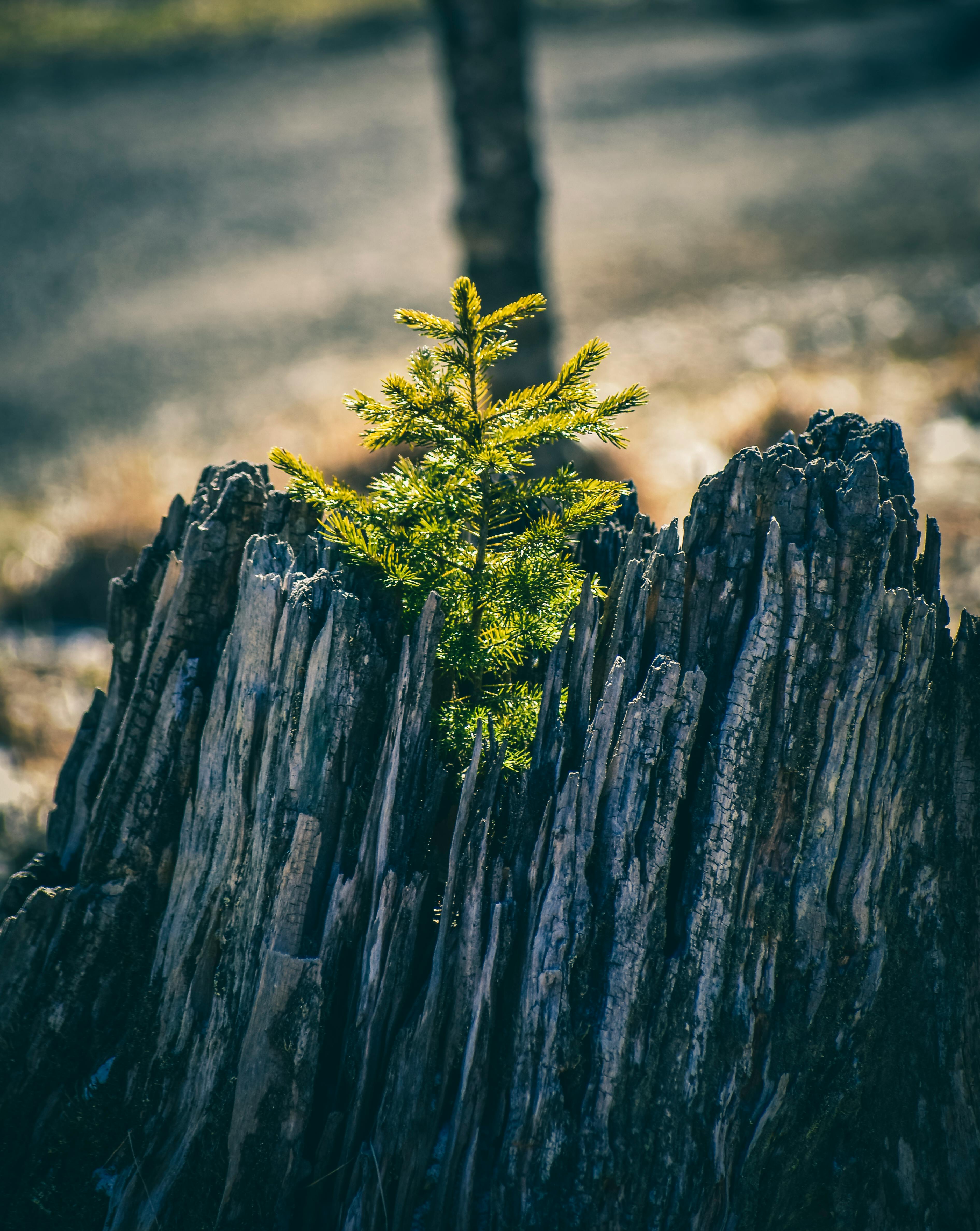Understanding Baumstumpf: Nature’s Secret Garden
What is a Baumstumpf?
The term **Baumstumpf**, which translates to “tree stump” in English, refers to the remains of a tree after it has been cut down or has fallen naturally. These remnants can often serve a greater purpose in the ecosystem than merely being discarded debris. Tree stumps can harbor various forms of life, from fungi to insects, thereby creating a mini-ecosystem. By decomposing, stumps contribute to nutrient cycling, enriching the soil. This aspect of Baumstumpf illustrates the intricate connections within nature, reminding us that even in death, trees play significant roles in sustaining the environment.
The Ecological Importance of Baumstumpf
**Baumstumpf** provides a crucial habitat for multiple species. Fungi, for instance, thrive on decaying wood, breaking down the structure and returning nutrients to the soil. This process not only aids in soil regeneration but also supports plant life in the vicinity. Insects like beetles and ants are attracted to the stumps, using them for shelter or as a food source. Birds often peck at the bark in search of insects, creating a lively ecosystem centered around a seemingly lifeless object. The presence of such biodiversity around a Baumstumpf highlights its importance in maintaining ecological balance.

How Baumstumpf Contributes to Soil Health
The decomposition of a **Baumstumpf** plays a significant role in improving soil health. As the stump breaks down, it releases various minerals and organic matter, enriching the surrounding soil. This nutrient-rich environment encourages the growth of diverse plant species, making it a valuable asset for gardeners and horticulturists. Not only does the decay process provide essential nutrients like nitrogen and phosphorus, but it also improves soil structure, enhancing water retention properties. By understanding these benefits, one can appreciate the broader ecological value of leaving a Baumstumpf in place rather than uprooting it completely.
Transforming Baumstumpf into Functional Art
Aside from its ecological benefits, many people have found innovative ways to repurpose **Baumstumpf** into art and functional garden fixtures. From stools and tables to beautiful planters, the possibilities are vast. When artistically carved or strategically placed, tree stumps can enhance landscape aesthetics while serving functional purposes. This dual role of Baumstumpf not only showcases creativity but also emphasizes sustainability in design practices. By reusing natural elements, we can reduce waste and integrate more organic aspects into our environments.
DIY Projects with Baumstumpf
If you’re interested in **Baumstumpf** DIY projects, start by considering what designs resonate with your space. For example, a tree stump can be transformed into a rustic garden table or a unique bench. Begin by sanding down any rough edges and treating the wood with a sealant to preserve it against the elements. Paint or stain can also be applied for aesthetic enhancement. Once modified, you can use decorations or plant pots to further elaborate on the stump’s design. The beauty of these projects lies in personal creativity, making each piece uniquely yours.

Creating a Natural Habitat with Baumstumpf
In addition to art projects, you can also create a small habitat around a **Baumstumpf**. Incorporating native plants, moss, and ornamental stones can transform the area into a charming focal point in your garden. Surrounding the stump with diverse plant species can attract beneficial insects and pollinators, contributing to a healthier garden ecosystem. This approach not only maximizes the utility of Baumstumpf but also supports local wildlife, fostering a vibrant and self-sustaining garden environment.
Baumstumpf in Landscaping and Gardening
<p**Baumstumpf** can be strategically used in various landscaping projects. As natural elements, they can break the monotony of traditional landscapes, providing unique textures and structures. Gardeners often incorporate tree stumps into floral arrangements or convert them into raised beds for growing vegetables or flowers. Given their height, these stumps can offer a fantastic growing medium, requiring less bending for gardeners while enabling effective drainage. Exploring ways to incorporate Baumstumpf into your landscaping not only enhances visual appeal but also promotes gardening sustainability.
Practical Landscaping Ideas Using Baumstumpf
To effectively utilize **Baumstumpf** in landscaping, start with placement—position stumps in areas that complement garden designs. They can serve as borders to flower beds or as bases for outdoor decorations. Finding the right plants to pair with the stump can further enhance the area. For example, climbing vines can be trained to grow over the stump, creating a lush vertical garden. Choosing the correct perennials or annuals can bring vibrant colors, thriving beautifully with the character of the stump. Remember that diversity is key in landscaping, so consider various heights and colors for an appealing aesthetic.
Maintaining Baumstumpf for Longevity
To ensure the longevity of a **Baumstumpf**, it’s essential to practice proper maintenance. Regular checks for rot or pests can prevent deterioration and extend the stump’s life in your garden. If using it for seating or as a table, apply wood preservatives to protect it from moisture damage. Moreover, if you notice any fungal growth or insects, it may be beneficial to treat these issues promptly. Proper care will allow the Baumstumpf to remain a functional and beautiful part of your garden for years to come.
Key Takeaways
- **Baumstumpf** contributes to biodiversity and soil health in ecosystems.
- Innovative DIY projects can convert tree stumps into functional art.
- Strategically integrating Baumstumpf within landscaping enhances aesthetic value.
- Maintaining Baumstumpf ensures longevity and sustainability in garden design.
- Cultivating habitats around Baumstumpf fosters a vibrant garden ecosystem.
FAQ
1. How can I use Baumstumpf in my garden design?
Baumstumpf can be effectively used in garden designs by incorporating it as a focal point or a natural seating area. It can serve as a base for planters, provide texture, or even be carved into garden furniture. Additionally, surrounding it with colorful plants can enhance its visual appeal.
2. What maintenance does a Baumstumpf need?
Maintaining Baumstumpf involves monitoring for rot, pests, and applying wood preservatives to protect against moisture. Regular checks can help prolong its life, making sure it remains functional and attractive as part of your landscape.
3. Can Baumstumpf support wildlife in my garden?
Yes, Baumstumpf can support wildlife by providing habitat for insects and fungi, which in turn attract birds and other helpful critters. Incorporating it into your garden encourages a balanced ecosystem and promotes biodiversity.
4. How long does it take a Baumstumpf to decompose completely?
The decomposition rate of Baumstumpf can vary based on environmental factors such as moisture, temperature, and wood type. Generally, it can take several years to a decade for a large tree stump to fully decompose in a natural setting.
5. Are there any tools needed for Baumstumpf DIY projects?
Basic tools like a saw, chisel, sandpaper, and wood sealant are essential for Baumstumpf DIY projects. Depending on the complexity of your project, you might also need paints and varnishes for finishing touches.
